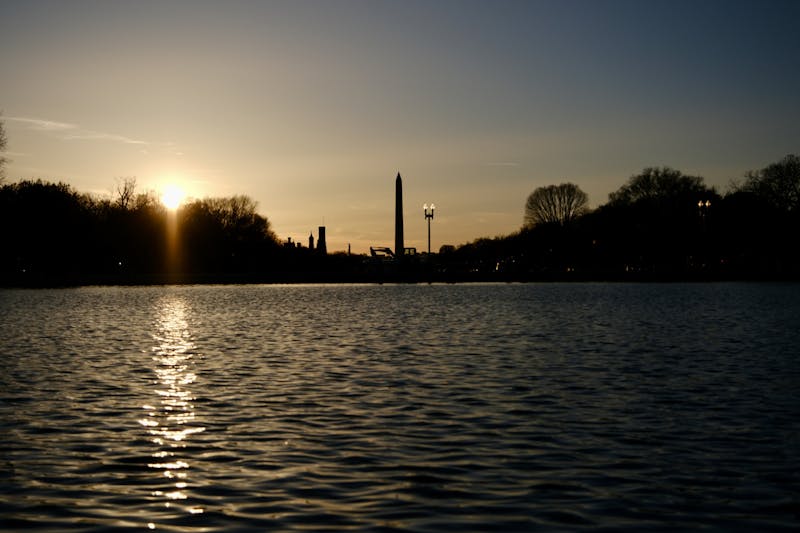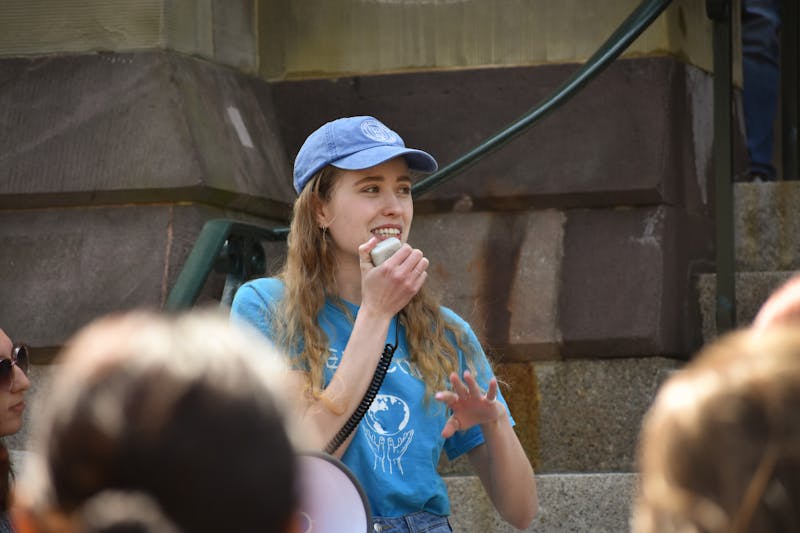
I’ve been having a bad week.
No, it’s not because of some post spring break hangover — I was here working over break, so all it really meant to me was shorter lines to get lunch and dinner.
No, it’s not because of the conclusion of our school’s feeble attempt at playing Division I basketball this season.
Nor is it because of the schizophrenic weather that we’ve experienced over the last 10 days.
The reason that I’ve been having a bad week is because of our annual ritual of daylight savings time. As I’m sure (hopefully?) you are all aware, this past Sunday at 2 a.m., it magically became 3 a.m. I witnessed it — my phone jumped from 1:59 to 3:00.
As you can probably tell from that admission, I’m a bit of a night owl. This behavior is only further encouraged by one of my advisers who routinely works in McNeil until 4 a.m., and my mother, who likes to call me on FaceTime at one in the morning (she’s nine time zones away).
So having to get up an hour earlier than usual has necessitated an extra shot of espresso with my morning latte — a mild salve for my persistent grumpiness.
My grumpiness surrounding the “spring forward” is not unique. Research indicates that on average it takes about two to six days to adjust to daylight savings time in the spring, but that it can take some individuals up to two weeks to fully adjust.
However, it is easier to adjust in the fall than the spring. As anyone who has had to deal with jetlag before knows, it’s generally easier to adjust flying west than flying east. Why? Because it’s easier to force ourselves to stay up later than to try to go to sleep earlier.
My having a bad week is not the only reason why we should abandon the silly tradition of changing our clocks twice a year.
Daylight savings time is associated with an increase in the number of automobile fatalities in the United States — occurring on the Monday morning following “spring forward” (when people are tired and grumpy) and the Saturday preceding “fall back” (when people stay up later than usual).
In addition to an increase in fatalities, daylight savings has significant, real costs. One year I refused to change my clocks. But I realized that I wasted more time explaining to people who pointed out that my clocks were wrong than I would have if I had just switched my clocks in the first place.
Beyond explaining our little rebellions, economist William Shughart II estimated that daylight savings costs the United States approximately $1.7 billion a year. He arrived at that figure by calculating the opportunity cost of our time and the total amount of time it takes to adjust all of our clocks twice a year.
The opportunity costs related to manually changing clocks are not the only ones. Writing software that seamlessly adjusts the clocks with daylight savings is a non-trivial undertaking. Anyone who had an iPhone in 2011 or earlier has had first-hand experience with this.
So why the heck do we even have daylight savings?
William Willett, strolling through London on a summer morning in the early 20th century noticed how people were “wasting” morning sunlight hours by sleeping when they could otherwise be horseback riding.
British Summer Time was adopted in Britain in 1916 — and to this day remains a predominantly North American and European practice — partly because of the supposed energy the extra hour of daylight would save during WWI. The energy savings argument has been further promulgated, though the evidence is mixed on whether it actually saves us money.
Some argue that daylight savings reduces crime because of the correlation between darkness and crime. But again, there isn’t conclusive evidence suggesting that changes in daylight savings over the years have a significant impact on crime rates.
If we really want the extra hours of daylight in the evening, let’s just keep them all year long. We’ve already sprung forward this year, but come November we shouldn’t fall back.
Kurt Mitman is a 6th-year doctoral student from McLean, Va. His email address is kurt.mitman@gmail.com. Follow him @SorryToBeKurt. “Sorry To Be Kurt” appears every other Friday.
The Daily Pennsylvanian is an independent, student-run newspaper. Please consider making a donation to support the coverage that shapes the University. Your generosity ensures a future of strong journalism at Penn.
DonatePlease note All comments are eligible for publication in The Daily Pennsylvanian.







